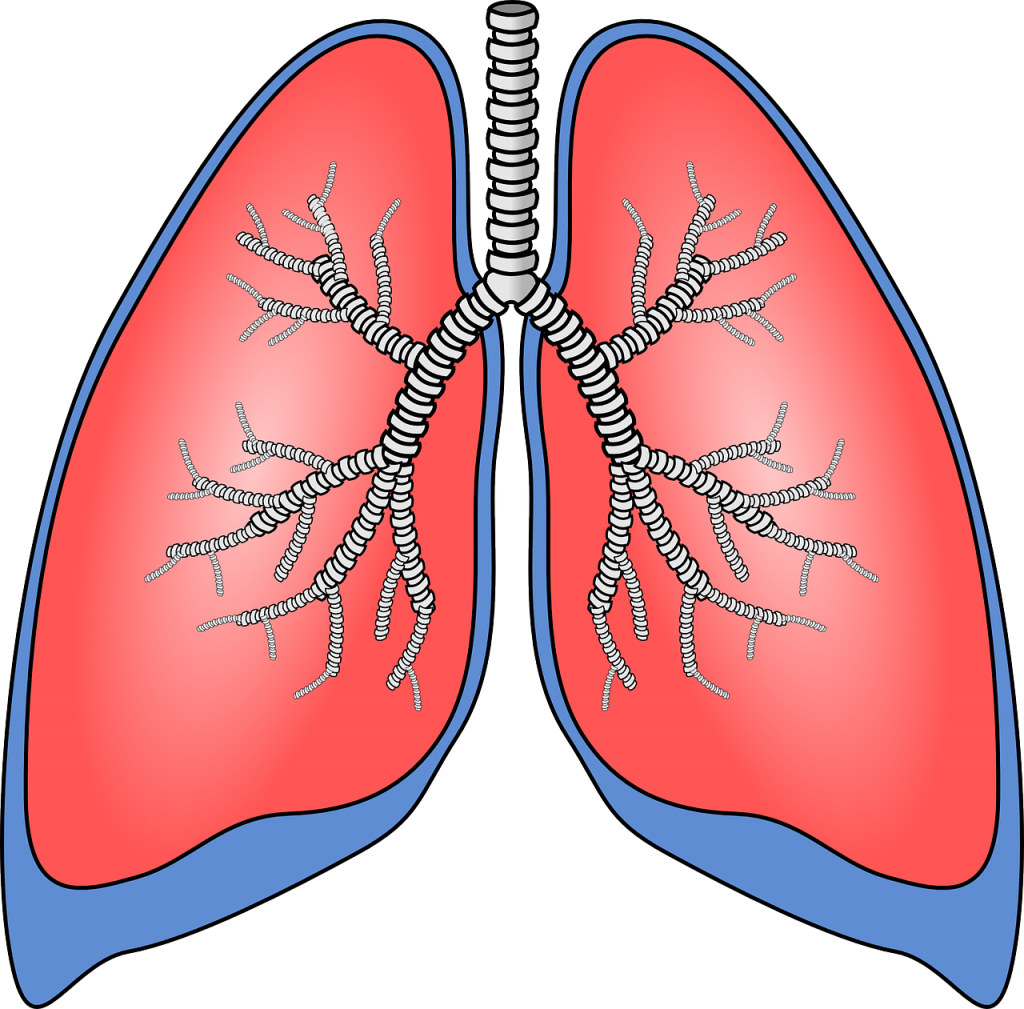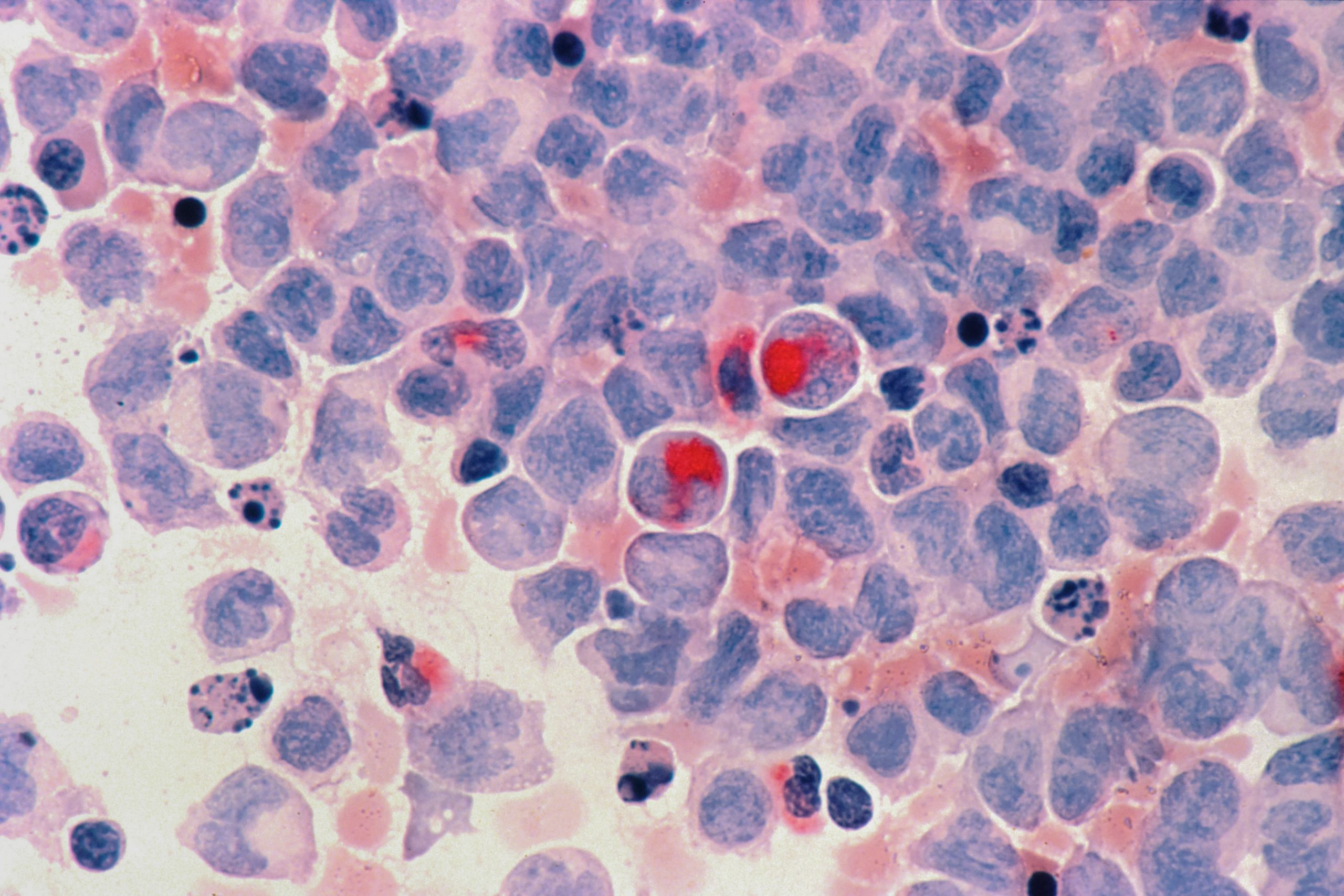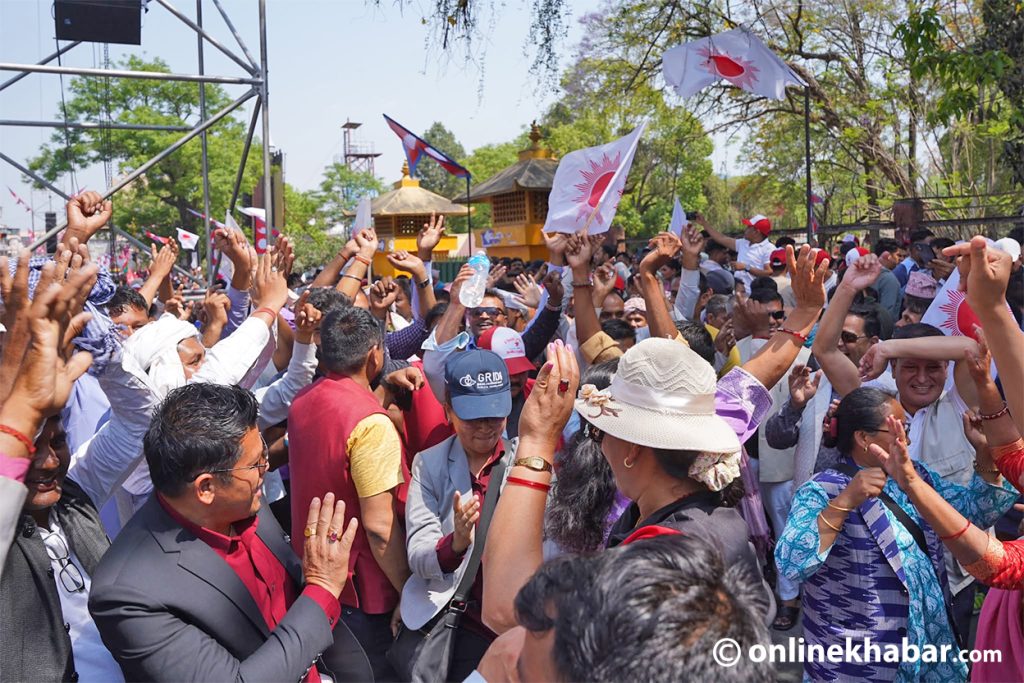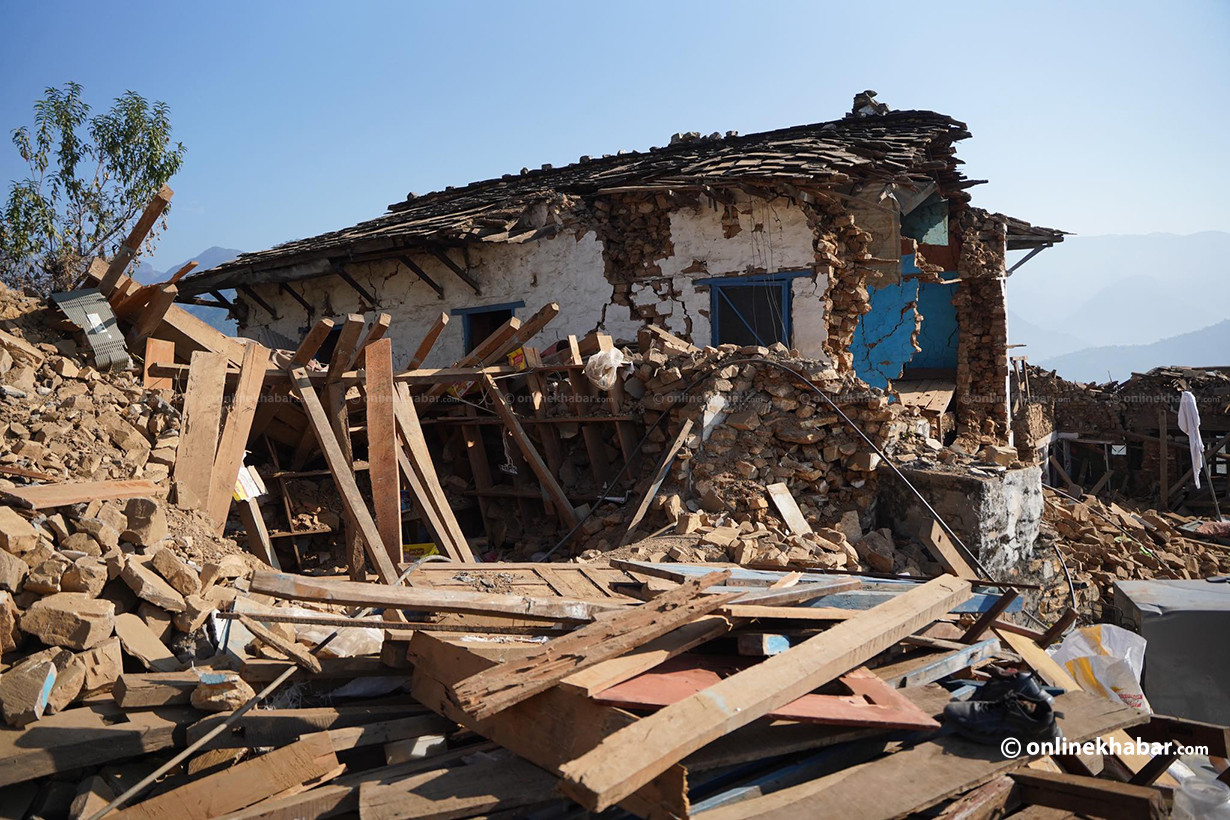Cancer is one of the prime health concerns around the world and is said to be the second biggest cause of human death. Any abnormal growth of a human cell that invades other portions of the body is referred to as cancer. Cancers keep on growing and spreading through a process called metastasis.
In the context of Nepal, it has been seen that women have a higher chance of getting any form of cancer in comparison to men. Among women, the highest number of cancer cases were reported of breast, lungs, cervix, thyroid, and gall bladder. Similarly, in men, the common cancers were lungs, lip and oral cavity, colon, rectum, stomach, and pharynx. On the other hand, many Nepalis are not aware that breast cancer is also a men’s problem.
The top causes behind cancers are pointed to be consumption of alcohol, tobacco, smoking. Likewise, hereditary predisposition, diet and physical activity, various kinds of radiation, and viruses are other reported causes of cancer.
Here are the top five cancers found in Nepal:
1. Lung cancer

With the high ratio of the smoking population, this cancer has become very common in Nepal. It ranks on the top cancers in Nepal with the highest death rate, 16.8 per cent.
Annually, smoking is responsible for taking more than 15,000 people to their deathbeds. Lung cancer has an incidence rate of 16 per cent whereas 85.6 per cent of patients are men and 80 per cent of them are smokers. Reportedly, the Kathmandu valley has a bigger share of cancer patients (58 per cent).
2. Cervix cancer

This cancer occurs in the lower part or mouth of the uterus that is connected to the vagina, cervix. For obvious reasons, only women are prone to this cancer. This is mostly seen in women over 30 years of age.
Human papillomavirus (HPV) is the key factor for causing cervix uteri cancer that occurs in the cells of the cervix. This virus is sexually transmitted from one person to another during sexual intercourse. Cervix uteri cancer comes in second after lung cancer in Nepal with a death rate of 11 per cent.
3. Breast cancer

Breast cancer has been common in older women who are 50 years of age and above. Women have an uncontrolled number of cells in their breasts, hence they suffer from breast cancer. It is rarely seen in men, but it metastasises rather quickly in them and is more intrusive. The death rate due to breast cancer is 7.7 per cent.
Alcohol consumption, exposure to radiation, genetics, age factors are some of the more likely causes of breast cancer. Also, one who has suffered from breast cancer once is prone to suffer again if the cancer tissues are not properly extracted.
4. Stomach cancer

Stomach cancer is found in both men and women. Men have a higher possibility of suffering from this cancer. This cancer is also known as gastric cancer where the cancer cells grow on the inner walls of the stomach and slowly penetrate deeper and deeper. It is due to genetic mutation, smoking, high salt, and less consumption of fruits and vegetables. In Nepal, people suffering from stomach cancer have a death ratio of 10.2 per cent.
5. Gallbladder cancer

Men who are over the age of 60 and women between 20 to 60 years of age have been reported to have gallbladder cancer. Risk factors for this cancer like smoking can be avoided whereas ageing, heredity factors cannot be denied.
However, just having the risk factor does not guarantee that one will suffer from this cancer. Since other factors such as gallstones and gallbladder inflammation are more common in women, they have a higher chance of suffering from gallbladder cancer than men with a 5.5 per cent death ratio in Nepal.
Recent developments in cancer prevention in Nepal
Cancer has been there for a long time ago, yet only from the past century has medical science been able to diagnose, prevent and treat cancer. However, not all countries have the same level of science and technology. Nepal as a developing country has its count of people suffering from cancer increasing.
However, Nepal has also begun to cure the patients with 12 health care centres solely created for cancer patients. Some of them are big facilities such as BP Koirala Memorial Cancer Hospital, Nepal Cancer Hospital and Research Centre, and Nepal Cancer Relief Society. There are many other governmental and non-governmental organisations working for the welfare of cancer patients with diagnosis and treatment facilities in Nepal.
Sadly, in Nepal, there is still a shortage of skilled human resources and modern technology, resulting in the transfer of patients to either one of these 12 hospitals or their transfer to foreign healthcare facilities.
Among Nepali people, there is still hesitation to report or go to a hospital for diagnosis. Early detection increases the chance of treatment and recovery. Educating oneself of cancer and its symptoms, following a healthy lifestyle free of smoking, alcohol, and consuming more vegetables, fruits and whole grains can help curb cancers, experts suggest.

























